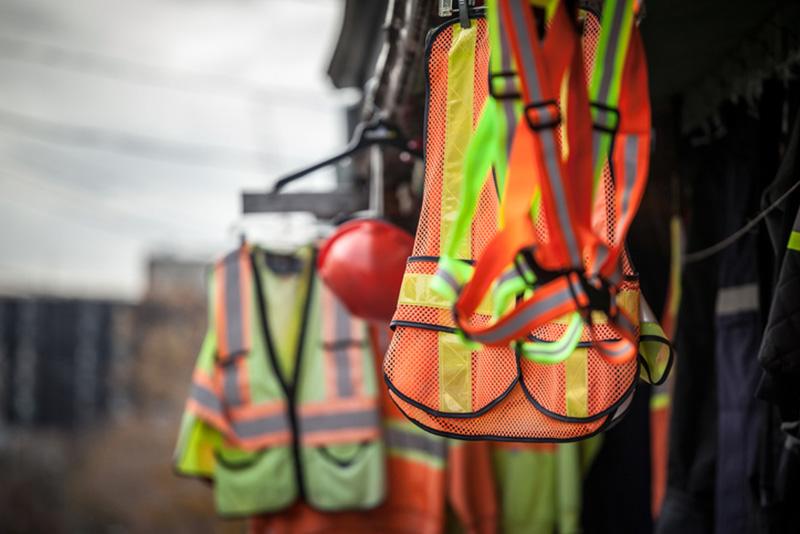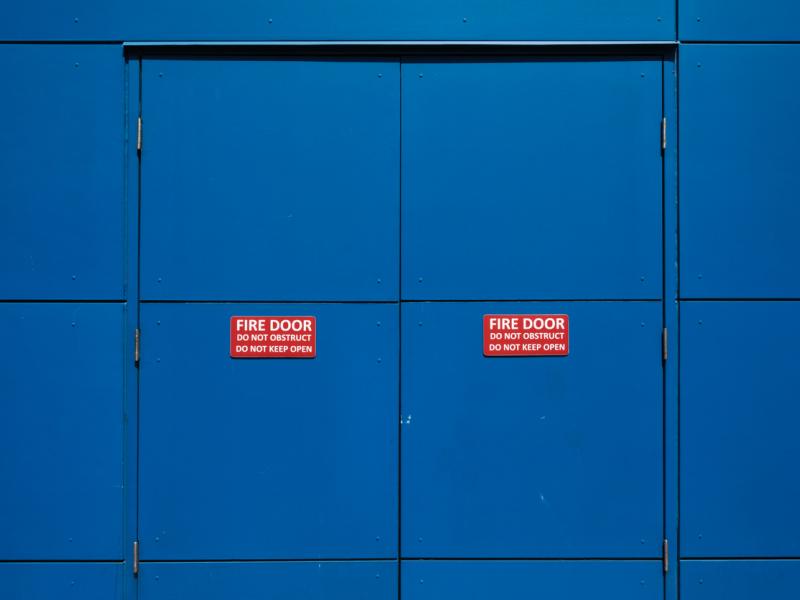A new international research review conducted by New Zealand health & safety software innovator, SaferMe, has shed light on the role of social relationships in the costly incident record in our construction industry.
The research, part of SaferMe’s Accident Compensation Corporation (ACC) - funded project to develop a predictive worker safety algorithm - has identified a number of new factors that elevate risk for workplace accidents and particularly musculoskeletal ‘sprain & strain’ injuries.
SaferMe CEO & Founder Clint Van Marrewijk says the insights from the company’s research work will impact the current thinking of most businesses.
“The first thing businesses do is look at tasks & equipment to assess risk on a worksite. That is helpful but it’s only a start. There is less focus on the wellbeing of the people doing the work - but what this research shows is the strong links between psychosocial factors and safety incidents.”
Among the findings of note for New Zealand’s construction industry was a set of research on the social environment at work - in particular the impact of interpersonal conflict, including issues such as manager relationships and workplace bullying.
A key study, published in 2021 in the Engineering Construction and Architectural Management journal, concluded that: “psychosocial factors indirectly influenced workers' safety performance by impacting on their occupational psychology condition.”
The research authors explained: “Work stress, role ambiguity, work-family conflict and interpersonal conflict were negatively related to safety performance by promoting burnout and affecting engagement. Autonomy and social support were positively related to safety performance by improving work engagement and reducing burnout.”
Chief executive of industry body Civil Contractors New Zealand (CCNZ), Alan Pollard, said his organisation had partnered with SaferMe in the innovation project as it had “serious potential” to drive a new wave of safety improvement in the industry.
“Civil construction companies are severely impacted by strains and sprains. We need to start thinking outside the box about what causes these injuries and how to prevent them in future. Not just because this will improve productivity and reduce downtime for people unable to work, but also for the improved wellbeing of the people and teams who are out there working.”
SaferMe’s next step in the ACC-funded project is development of an algorithm to calculate relative risk of workers based on a comprehensive set of data points. “Off the back of helping businesses through the pandemic with our world-leading contact tracing solution, we’re excited about delivering another ‘next generation’ solution,” Van Marrewijk said.
It’s easy for construction businesses to get involved in the pilot phase of SaferMe’s innovation project - they can register interest here.
CONTACT
Clint Van Marrewijk
safer.me | support@safer.me






